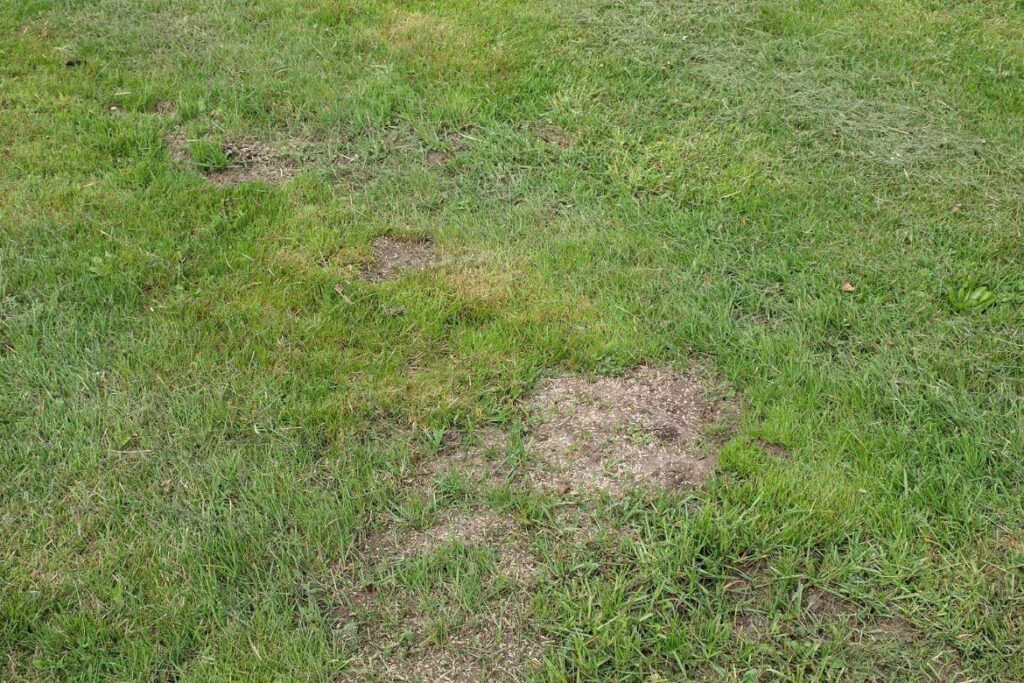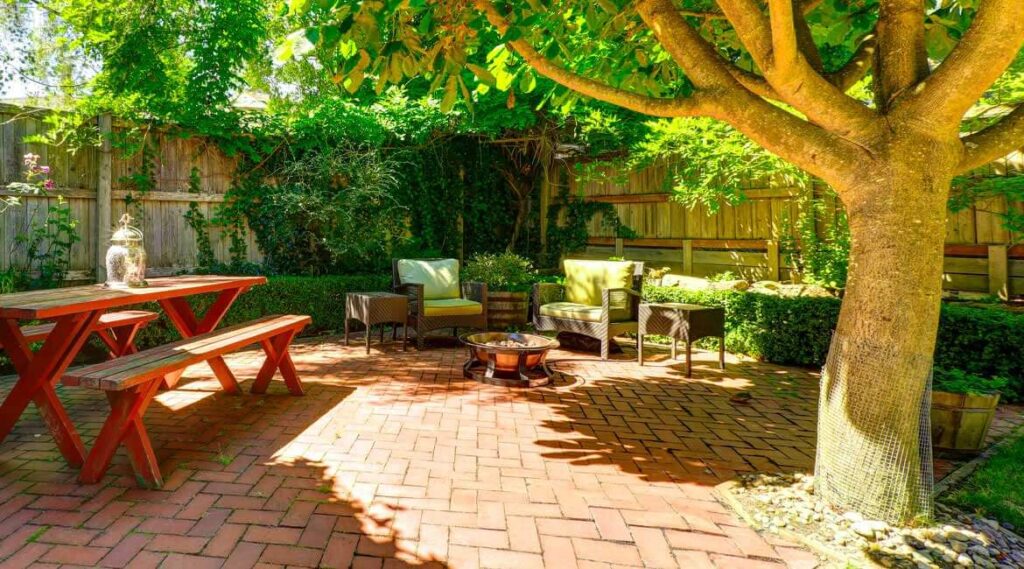Freezing, thawing, snow removal, rodents, insects, diseases… various things can cause damage to our lawns, often leaving them with bald patches. Beyond the aesthetic aspect, dead patches of grass can bring you many problems during the summer if they are not repaired quickly! Be sure to restore them to avoid, among other things, an invasion of weeds. Here’s how to proceed:
1. Raking
First, give the lawn a good raking to remove dead grass and debris left over from the winter.
2. Topdressing
Topdressing consists of adding a thin layer of good quality potting soil on top of the bald patches. Generally, about one centimeter of soil is enough. Depending on your soil type, you can use compost, garden soil or peat moss. If you are unsure, don’t hesitate to ask your Nutrite Expert for advice!
3. Overseeding
Spread new grass seed generously over the freshly applied soil. Use your rake to make sure you lightly cover the seed with the soil. This will prevent them from blowing away at the first gust of wind.
4. Watering
It is essential that your grass seed receives an adequate supply of water each day. Generally, it is recommended to water twice a day, morning and evening, for two to three weeks. Make sure the soil stays moist during the seed germination period.
5. Fertilizing
The final step in repairing damaged lawn patches is fertilization! This is a crucial step in providing the right nutrients and minerals to your lawn. Fortunately, your Nutrite Expert takes care of it! They are your best ally in knowing which fertilizer is best suited to the needs of your soil.
If you have any questions or suspect that an insect may be the cause of dead patches, contact your Nutrite Expert, your ally for a durable and healthy lawn!




